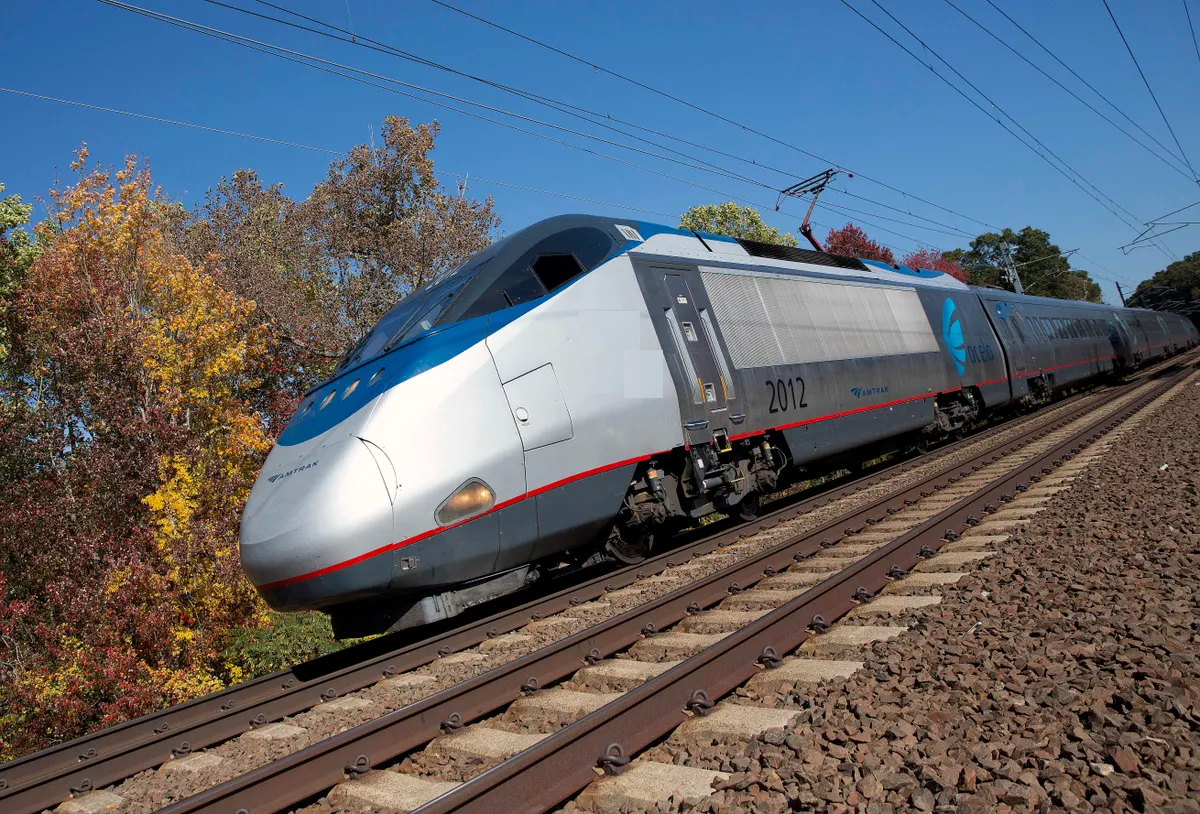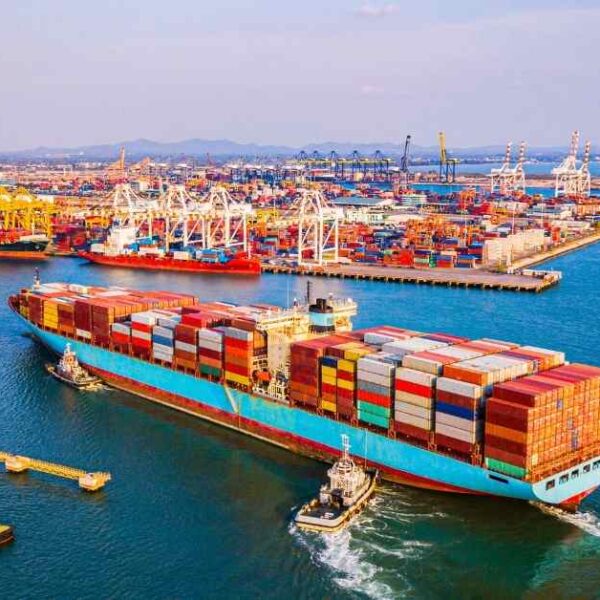It has recently come to light that Alan Shaw, president, and chief executive officer of Norfolk Southern, did not initially work in the railroad sector. Shaw, a recent aerospace engineering alumnus, reportedly got his start in the industry in Newport News, Virginia.
Norfolk Southern and other safety-focused logistics companies may gain more clients and income. Higher safety requirements can help logistics firms save money and work more efficiently by avoiding accidents and interruptions to the supply chain. The stories highlight the importance of safety in the logistics industry. Efforts to improve safety can improve the sector’s reputation and growth.
From the Nuclear Navy to a Commitment to Safety in the Logistics Industry
Shaw joined the U.S. Navy’s project in late autumn of 1989. The project aimed to install nuclear reactors aboard the USS George Washington. This was around the same time as the collapse of the Berlin Wall. Shaw learned the meaning of “zero tolerance” for operational failures during his time there.
Admiral Hyman Rickover’s Nuclear Navy propulsion program set a high standard. Rickover understood that a reactor meltdown would destroy the Nuclear Navy. Shaw spoke at the North American Rail Shippers conference in Chicago this week. He said the Nuclear Navy celebrated 75 years without any harm to the environment or personnel from a reactor release.
Shaw took heat for a train derailing in Ohio. He credits his time in the Navy for shaping his approach to safety at NS. The rail industry and the Navy are decentralized operations. They operate round-the-clock and the majority of workers operate heavy machinery.
Atkins Nuclear Secured to Assess Safety Culture at Norfolk Southern
NS has hired Atkins Nuclear Secured to assess its safety culture. They will spend approximately two to three years at Norfolk Southern, reporting directly to me, to advance safety at NS. I have taken it very seriously. I am taking it personally. Shaw stated to conference attendees that their goal is to become the gold standard in safety in the rail industry.
Speakers at the conference discussed the subject of rail safety, specifically the need for stakeholders in the rail sector to comply with new safety measures in response to East Palestine. The rail sector deals with operations. Train derailments have come under increased public attention.
Federal lawmakers are attempting to enact rail safety laws. Ohio senators J.D. Vance and Sherrod Brown presented rail safety legislation. The Senate Commerce Committee recently approved it. The Senate will debate the measure soon.
Norfolk Southern Aims to be the Gold Standard in Safety in the Rail Industry
Shaw and other speakers noted that the bill contains more language than the original legislation. The industry stakeholders, including railroads, rail equipment manufacturers, and rail shippers, have been working with Senate staff on the bill.
The railroads have some disagreements with the bill, particularly regarding the requirement for a minimum of two train crew members. However, many of the provisions in the bill are logical. It is true that they do. Shaw said that he doesn’t believe the regulations will be too burdensome for the rail industry and its customers.
Lance Fritz, CEO and President of Union Pacific, talked with lawmakers about the rail safety legislation. Fritz believes the sector should have flexibility under the rail safety law to utilize new technology for better train operations and inspections.
Fritz said that the company and the industry are working hard to help regulators understand where they can help and where they can hurt. Regulating requires understanding the cost-benefit and allowing flexibility to solve the problem differently in the future.
Impact of New Rail Safety Legislation on Industry Stakeholders
Rail safety and labor unions were in the national spotlight last fall. CSX President and CEO Joe Hinrichs joined the company last fall after working in the auto industry for decades. He says changing the railroading culture may take some time.
The industry will be better off coming out of this, in my opinion. Hinrichs said that the situation is making them communicate with each other about sharing best practices and doing things, which is not something that their industry does well in his opinion. We can learn from this opportunity. A yard that allows for movement and is not congested is safer. The safety of the yard is dependent on the trains being able to move freely without being jammed up.
All of these things fit together. It is perceived as easy. There have been many changes in less than a decade, but it’s been 196 years of history.



